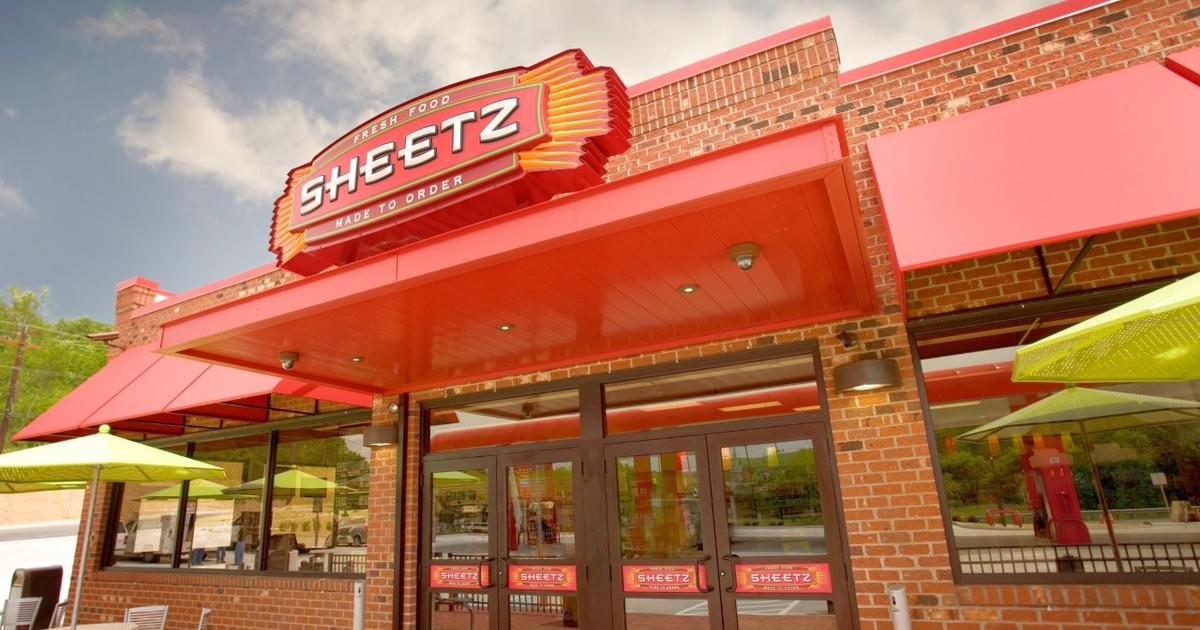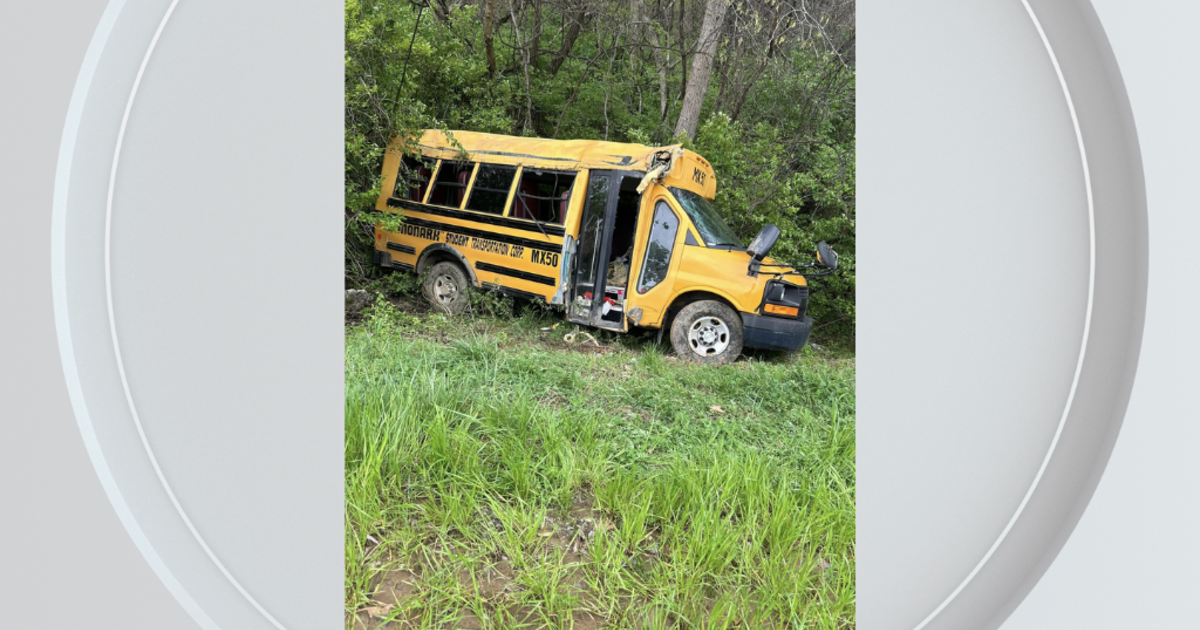Feds: Uber Self-Driving SUV Saw Pedestrian, Emergency Braking Was Disabled
Follow KDKA-TV: Facebook | Twitter
DETROIT (KDKA/AP) - Federal investigators say the autonomous Uber SUV that struck and killed an Arizona pedestrian in March spotted the woman about six seconds before hitting her, but didn't stop because emergency braking was disabled.
In a preliminary report on the crash, the National Transportation Safety Board said Thursday that emergency braking maneuvers are not enabled while Uber's cars are under computer control, because it reduces the potential for erratic behavior.
Instead, Uber relies on a human backup driver to intervene. The system, however, is not designed to alert the driver.
In the March crash, the driver began steering less than a second before impact but didn't brake until less than a second after impact.
A video of the crash showed the driver looking down just before the woman was hit.
On Wednesday, Uber announced it was ending its operation of self-driving cars in Arizona.
The company notified about 300 workers that their positions would be terminated.
Uber previously suspended operations of autonomous vehicles following fatal pedestrian crash.
Operations were also suspended in Pittsburgh, but Uber said it will revive the program this summer.
However, in a statement Wednesday afternoon, Pittsburgh Mayor Bill Peduto said he was not aware of Uber's announcement to resume testing this summer until he saw it on social media.
"This release we found out on social media," said Dan Gilman, Mayor Peduto's Chief of Staff. "There was no heads up to us."
Peduto said he is requiring a "full federal investigation" before the autonomous vehicles can return to the streets.
Mayor Peduto's full statement reads:
"I made it clear to Uber officials after the Arizona crash that a full federal investigation had to be completed, with strong rules for keeping streets safe, before I would agree with the company to begin testing on Pittsburgh streets again.
In talks with company officials, I and the city's Department of Mobility and Infrastructure additionally required conditions with Uber before Pittsburgh would agree to testing. The conditions included that:
- Automated vehicles would never exceed 25 miles-per-hour in the city, on any street, regardless of legal speed limits. (The probability of pedestrians surviving a collision is much higher at speeds of under 25 mph. Even at 30 mph fatality rates increase dramatically.)
- The company use its driver app to alert human drivers when they are exceeding speed limits, so human drivers adhere to speed limits as well.
Uber did not tell me of today's announcement, and I was forced to learn about it through social media reports. This is not the way to rebuild a constructive working relationship with local government, especially when facing a public safety matter."
Stay With KDKA.com For More Details
(Copyright 2018 The Associated Press. All rights reserved. This material may not be published, broadcast, rewritten or redistributed.)



